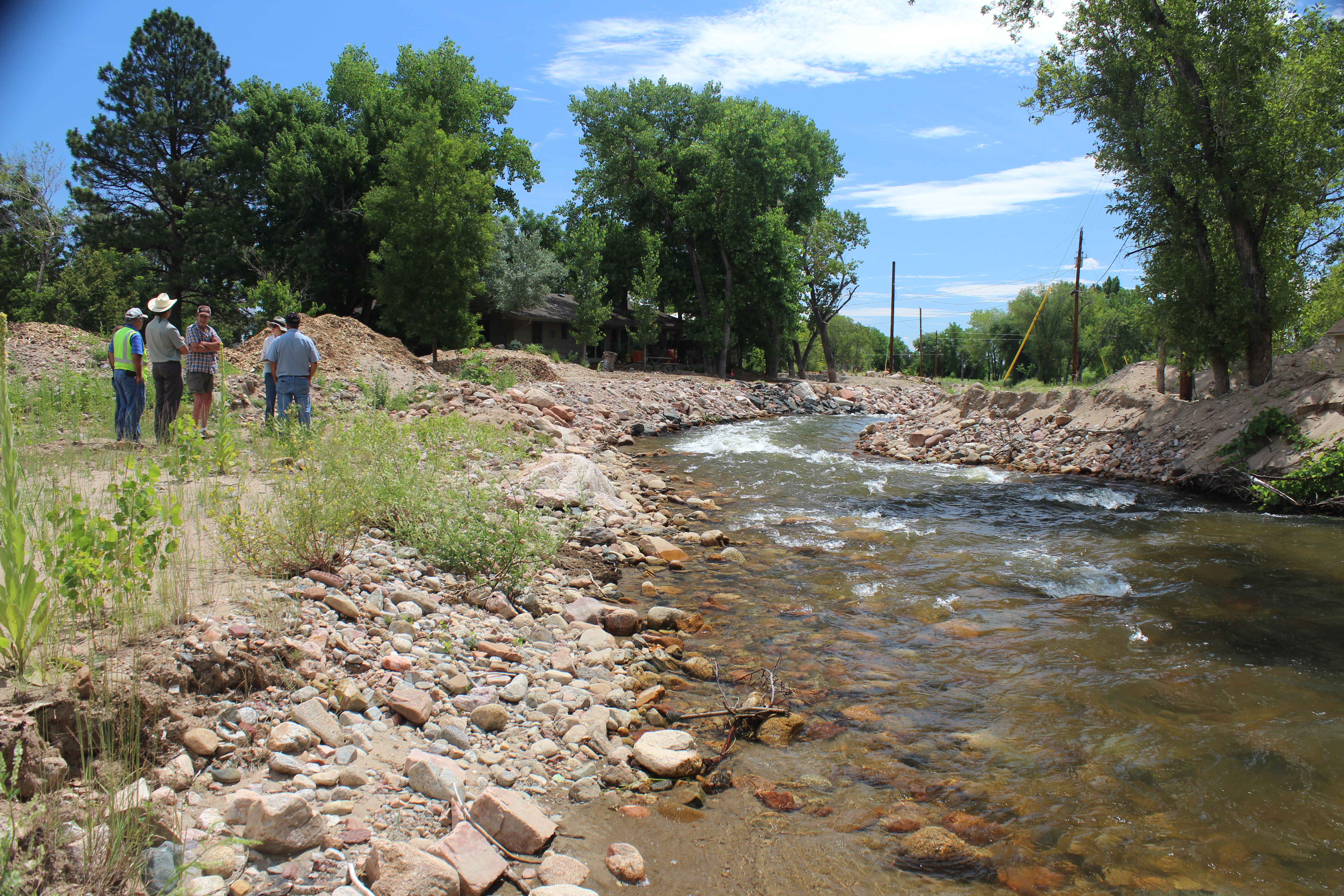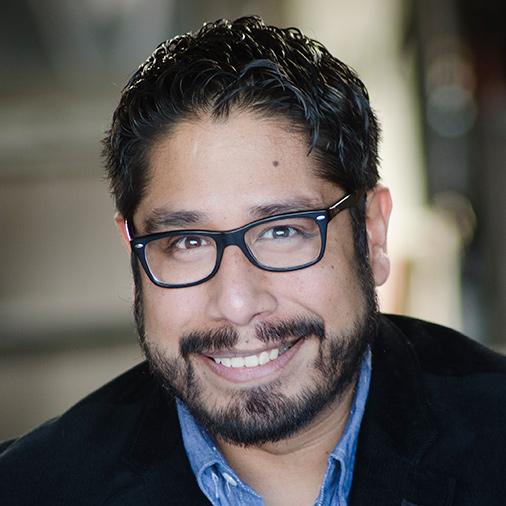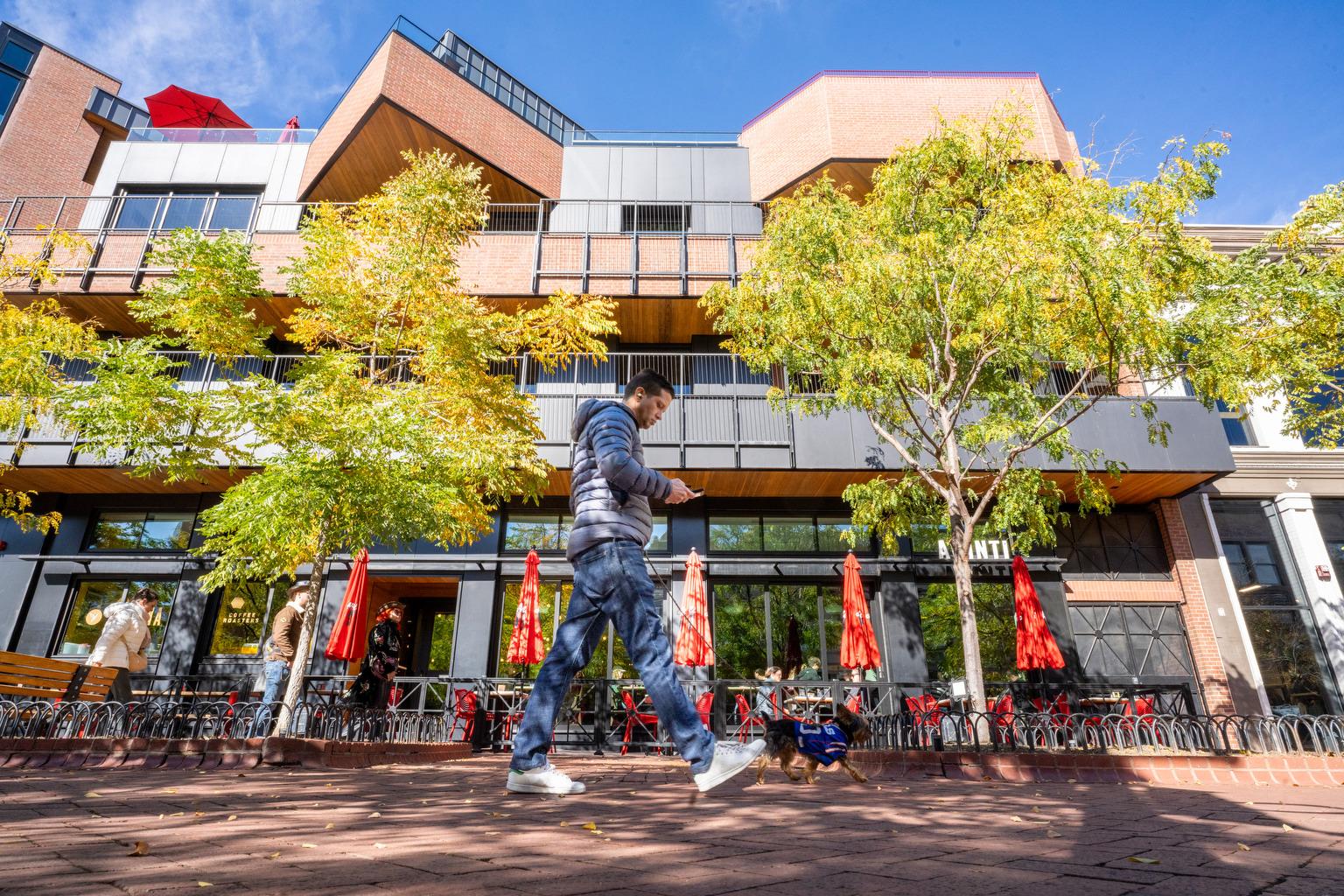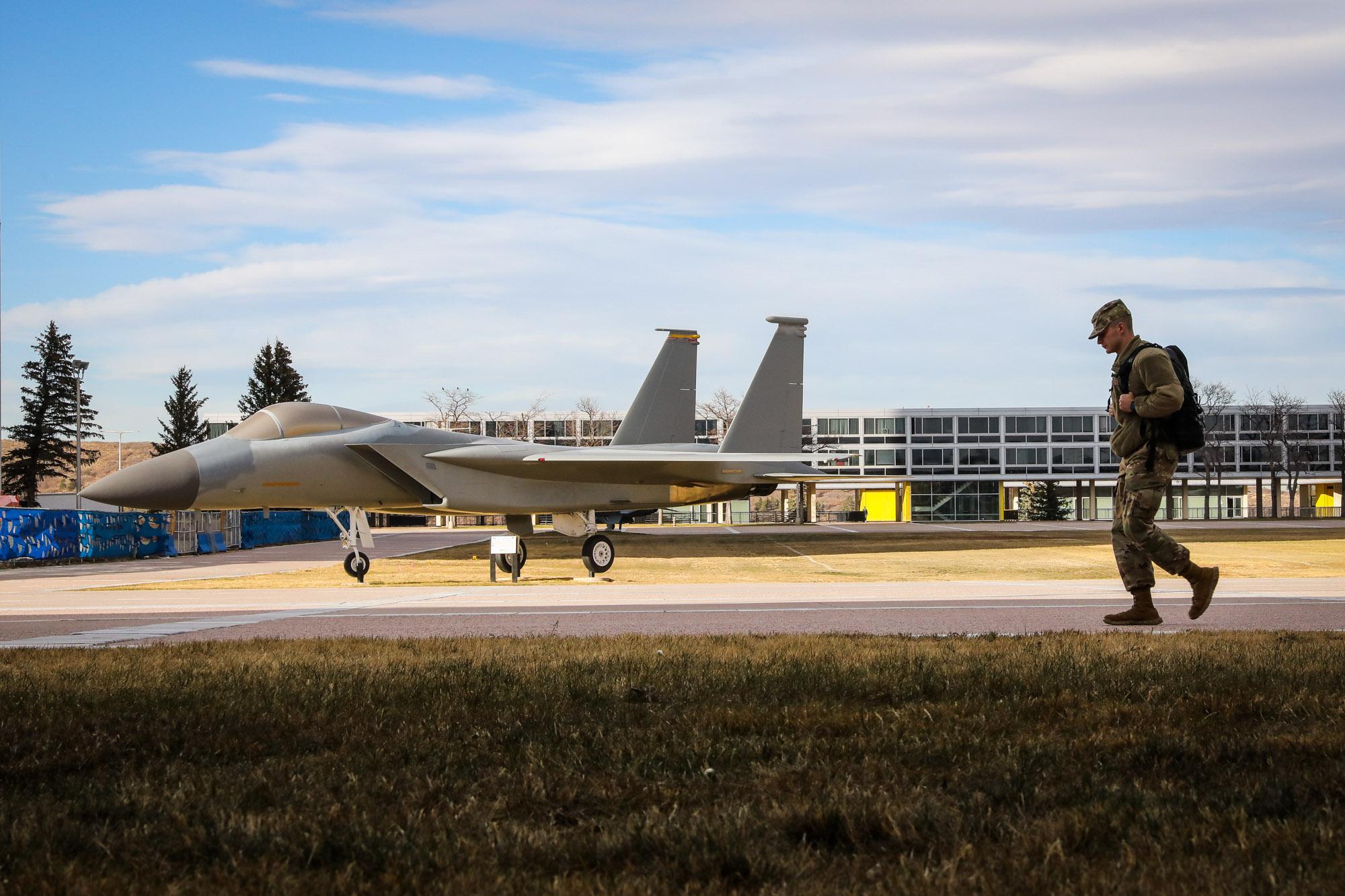
Four years ago, record-breaking rainfall forced thousands of people to evacuate along the northern Front Range and plains. Eight people died. Rivers and streams jumped their banks and charted new paths, often through people's homes and yards.
Some of these waterways, and the residents nearby, are still impacted by the 1,000 year storm — including Left Hand Creek and its watershed. Mark Schueneman, who lives in the Streamcrest neighborhood outside Lyons, Colorado, says when the rains of 2013 fell, his quiet stream became a raging river.
"The velocity and volume of water that came down the canyons, there's two huge canyons above us, it was just like a funnel and took all this water and shot it right out here, right at the bottom of the canyon," he says.
When the flood waters receded, debris and sediment covered his property, several feet deep. And the creek which used to flow next to his back porch, was now yards away in his neighbor's front yard.

"It went in front of the house, which is across the stream from me, and actually took out a corner of their foundation," Schueneman says. "So the people that used to be on the north side of the stream are now on the south side of the stream... And, you know, I paid big bucks to live on the stream, and I wanted the stream."
It wasn't just the residents of Streamcrest dealing with this conundrum. Up and down Boulder County, people asked if waterways should be moved back to where they were prior to the 2013 floods.
Schueneman and his neighbors ultimately decided they wanted the creek back in its original location, so they turned to Jessie Olson and the Left Hand Watershed Oversight Group. The Boulder County nonprofit is leading the way in Left Hand's recovery, with numerous restoration projects taking place all along the creek.
"We're looking at about, 75 percent of the watershed has active projects funded and currently underway," Olson says, noting that money from FEMA is still coming into the area for projects on hold since the 2013 flood. "And so, in terms of getting these projects complete, this is definitely a huge step, and we are moving in the right direction toward recovery."

Olson says putting Left Hand Creek back to its original course was a massive undertaking, and while today the stream looks natural it's laid out in a very specific and purposeful way. Every stone, tree and plant has a purpose.
"There are about 30 logs that are buried into [Left Hand Creek's] bank and tied in with large rock. So, if the creek would try to create that new path again, going straight through the bank, it's going to have a very hard time, versus what it was like during the flood event," Olson says.

She adds that the reconstructed segment of creek will also be a boon for wildlife including fish.
"We have this fabulous team we're working with. The design team very carefully positioned where you see the larger rock materials, and then the pools are slower moving. This is very important for fish to have a variety of habitats," Olson says.
The Left Hand Watershed Oversight Group expects the project in the Streamcrest neighborhood to be complete by late October or early November. But once the construction equipment leaves, the work isn't done.
- Then And Now: Pictures Of Colorado's Flood Recovery One Year Later
"If we were to just implement all these projects and walk away, that's not going to be a successful long-term, resilient solution for the watershed," Olson says. "We need to make sure that we're keeping an eye on making sure these projects remain functional into the future."
The Left Hand Watershed Oversight Group is creating what it calls a "citizen science program" to engage landowners and community members in monitoring reconstructed sites. While the funding is not yet available for the program, Olson says volunteers might watch fish levels in the creek, or keep invasive plants and weeds at bay.
Schueneman admits he and his neighbors along Left Hand Creek were skeptical things would ever be the same after the floods. It's not exactly the same, but it's close.
"You know, when all this happened, we were all deer in headlights. Including Boulder County, including other watersheds, including the state," he says.
"In hindsight now, it's four years later — it's crazy it took four years — but this is how government works," Schueneman says. "They actually followed through with what they said they were going to do right after the floods. And they did it."

Editor's note: Additional resources for the Streamcrest project were provided by Otak, Iron Woman, Flywater and Wildlands Restoration Volunteers. It is also a Colorado Emergency Watershed Protection project.
Related:









